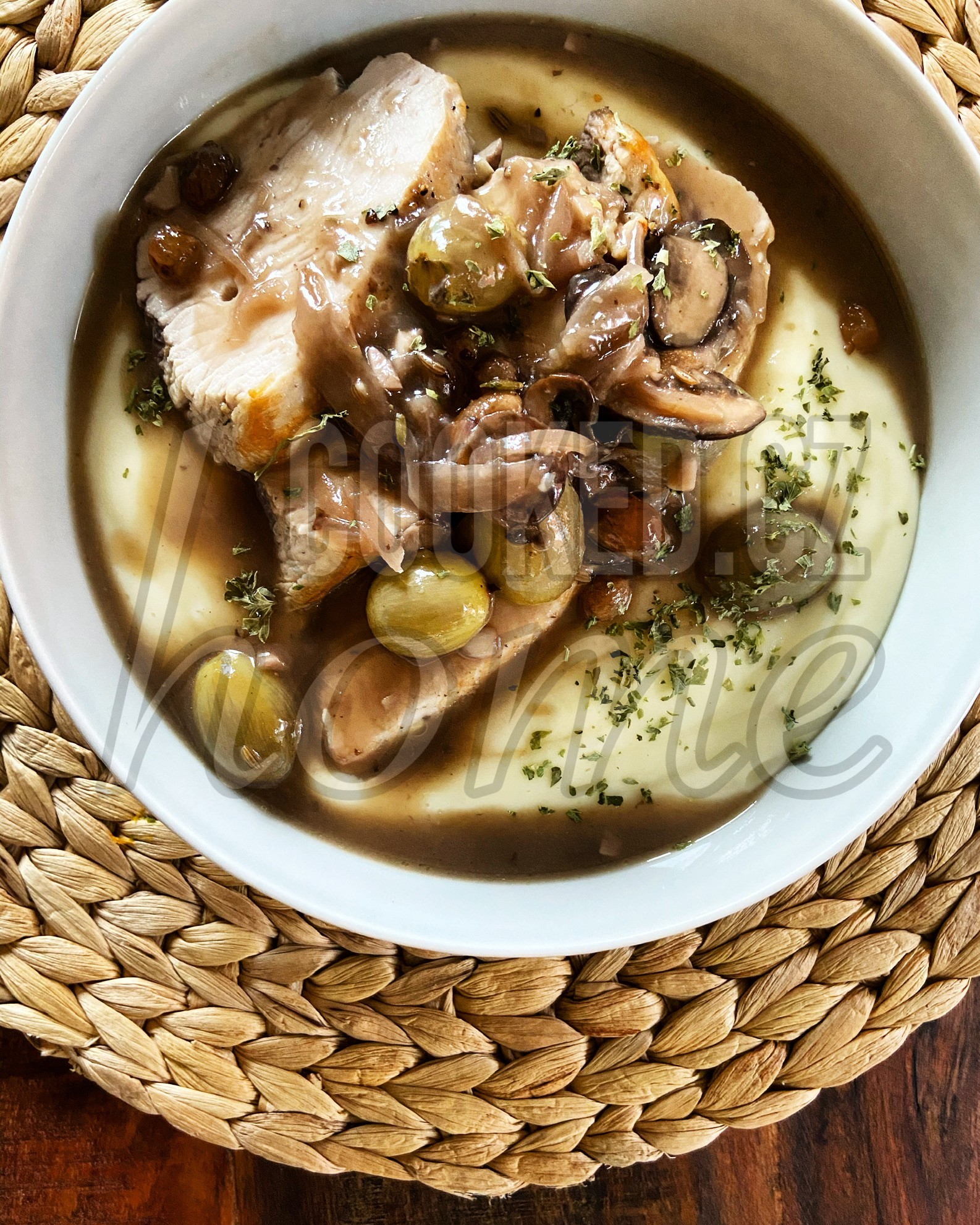
The term “en cocotte” refers to a cooking method where food is cooked in a covered, oven-safe dish, often made of cast iron or clay. It’s a French term that translates to “in a casserole” or “in a pot.” Turkey Breast en Cocotte, therefore, refers to turkey breast cooked using this method. While there isn’t a specific historical origin for this dish, we can explore the general history of cooking methods like “en cocotte.” Turkey is not traditionally a staple in classic French cuisine, as poultry like chicken and duck have historically been more popular. However, the concept of slow-cooking meats in a covered dish is a technique that could be applied to various types of meat, including turkey.
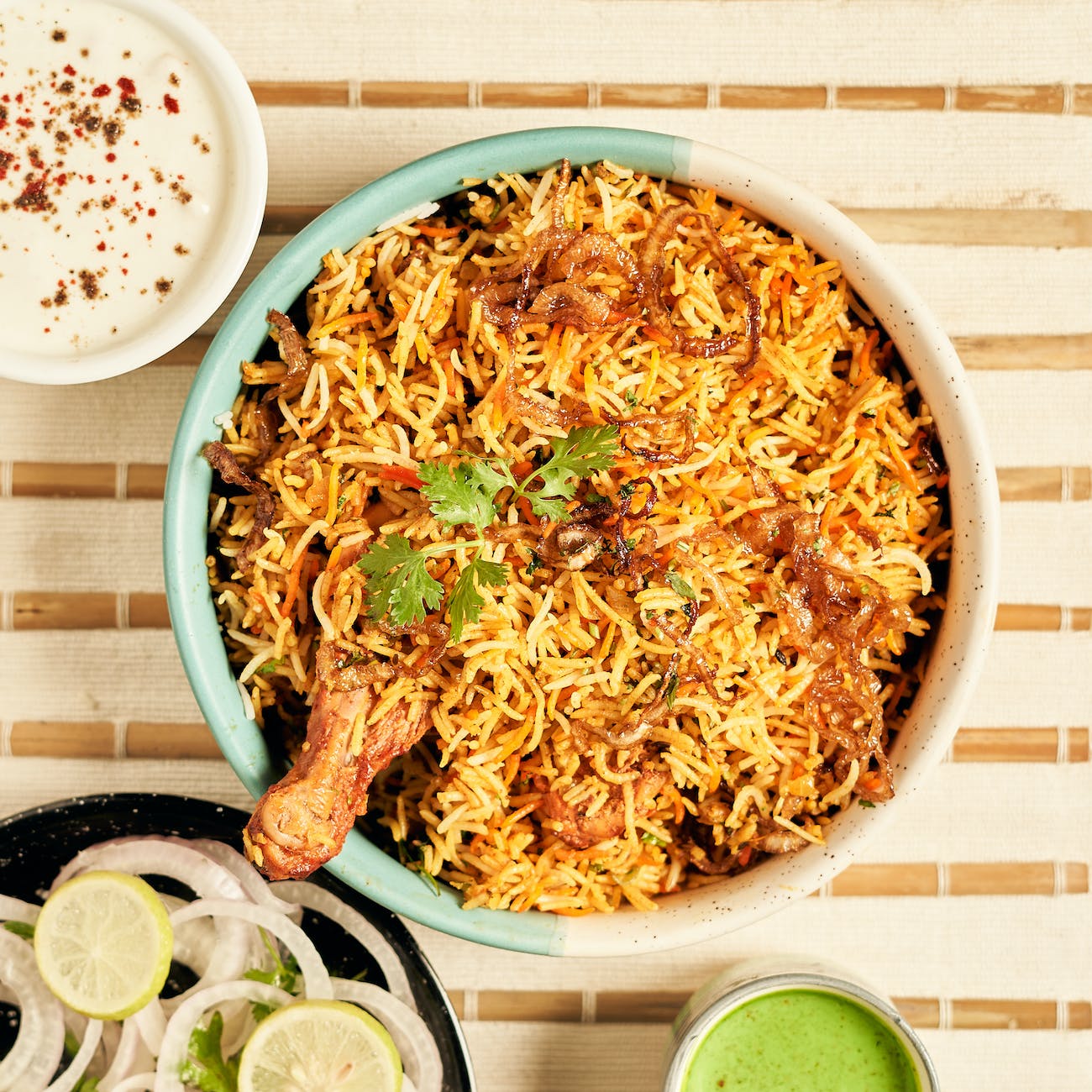
Chicken Biryani is a popular and flavorful dish that has a rich history rooted in South Asian culinary traditions. Biryani is believed to have originated in the Indian subcontinent, with its roots tracing back to Persia. The dish evolved over centuries, influenced by the culinary practices of various regions. Biryani underwent further evolution as it spread to different regions of the Indian subcontinent. Each region developed its own variations, incorporating local ingredients and cooking styles. Chicken Biryani became a popular variant, featuring marinated chicken layered with fragrant basmati rice and a blend of aromatic spices.
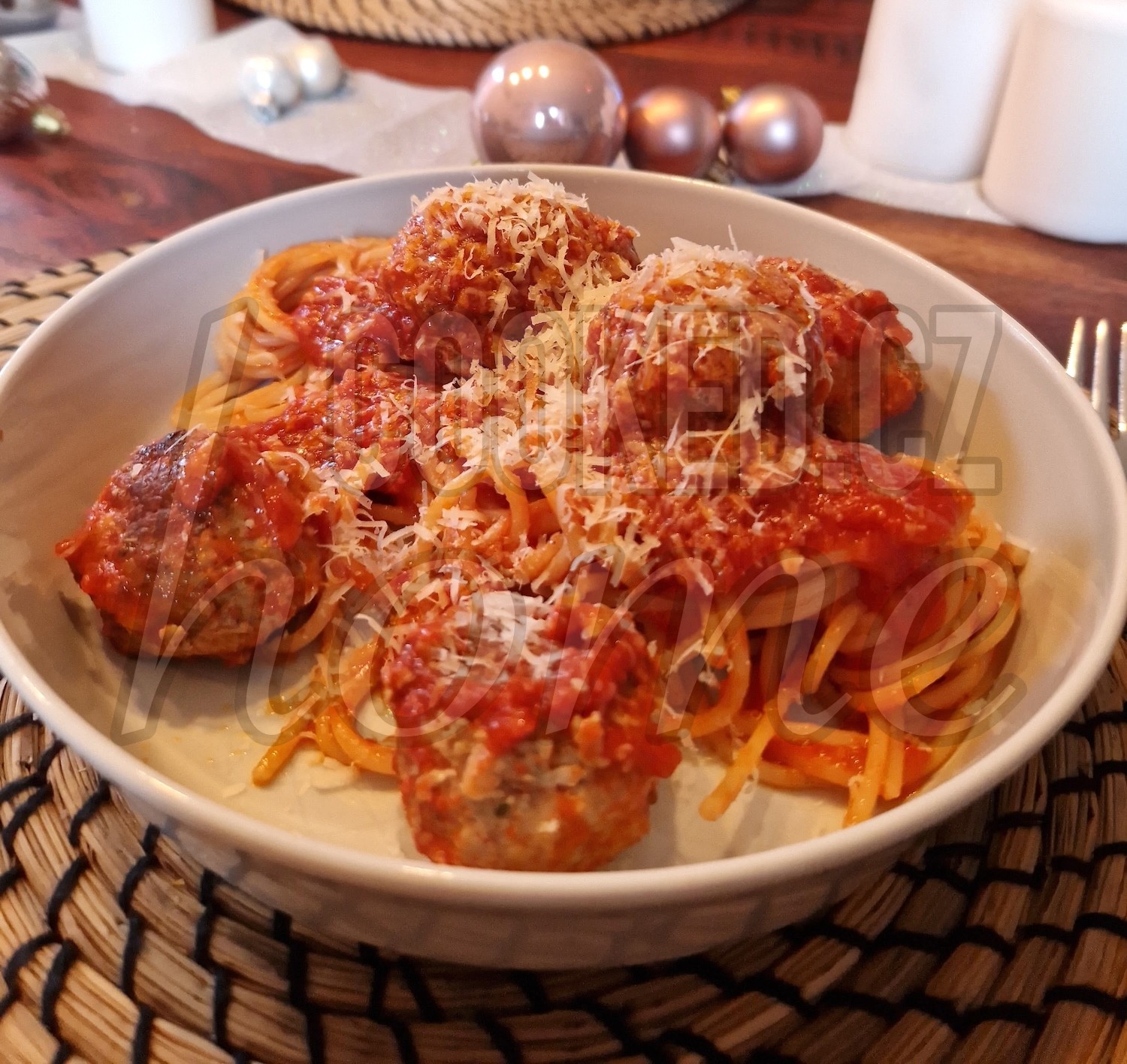
The ancient Romans had a dish called “isicia omentata,” which was made by mixing minced meat with bread soaked in wine and various seasonings. These could be considered early versions of meatballs. The recipe, attributed to the Roman gourmet Apicius, can be found in the “Apicius,” a Roman cookbook dating back to the 4th or 5th century CE. In this recipe we are using only one skillet. This will allow us to maximize flavor by fond which is created during step of meatballs browning. Additionally all the fat which is released by meatballs will stay in the sauce which contributes to the complexity of sauce. If you are in rush you can simmer your sauce separately while you are browning your meatballs, but you will scarify flavor for gained speed.
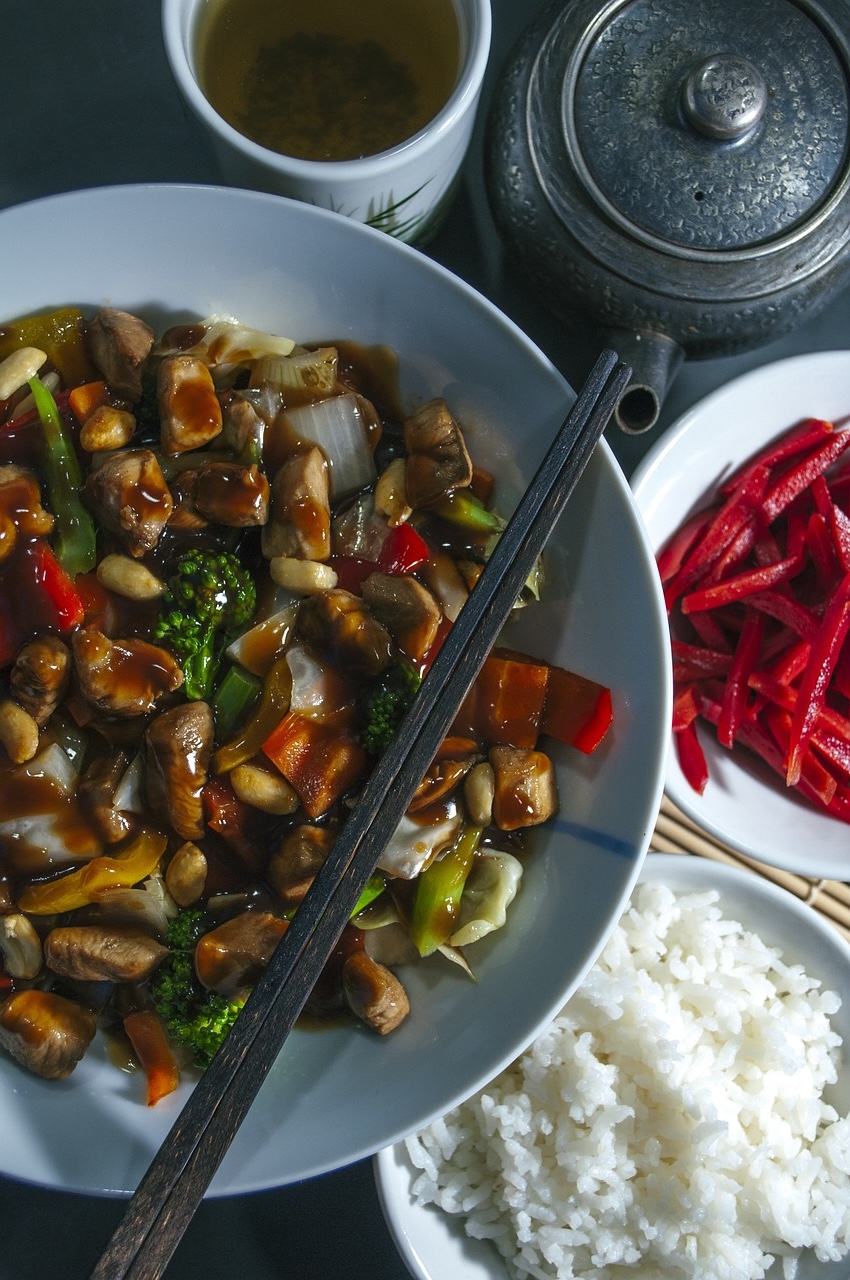
Kung Pao Chicken originated in the Sichuan province of southwestern China. Sichuan cuisine is known for its bold and spicy flavors, often featuring the use of Sichuan peppercorns, dried red chilies, garlic, and ginger. Kung Pao Chicken typically consists of diced chicken, peanuts or cashews, and vegetables such as bell peppers and scallions. The sauce is made with a combination of soy sauce, vinegar, sugar, and sometimes hoisin sauce. It is often seasoned with Sichuan peppercorns for a numbing, spicy flavor. The dish is named after Ding Baozhen, who was known as Kung Pao, Gong Bao, or Kung Po. Ding Baozhen was a late Qing Dynasty official, governor of Sichuan province, and a culinary enthusiast. The dish was purportedly one of his favorite dishes.
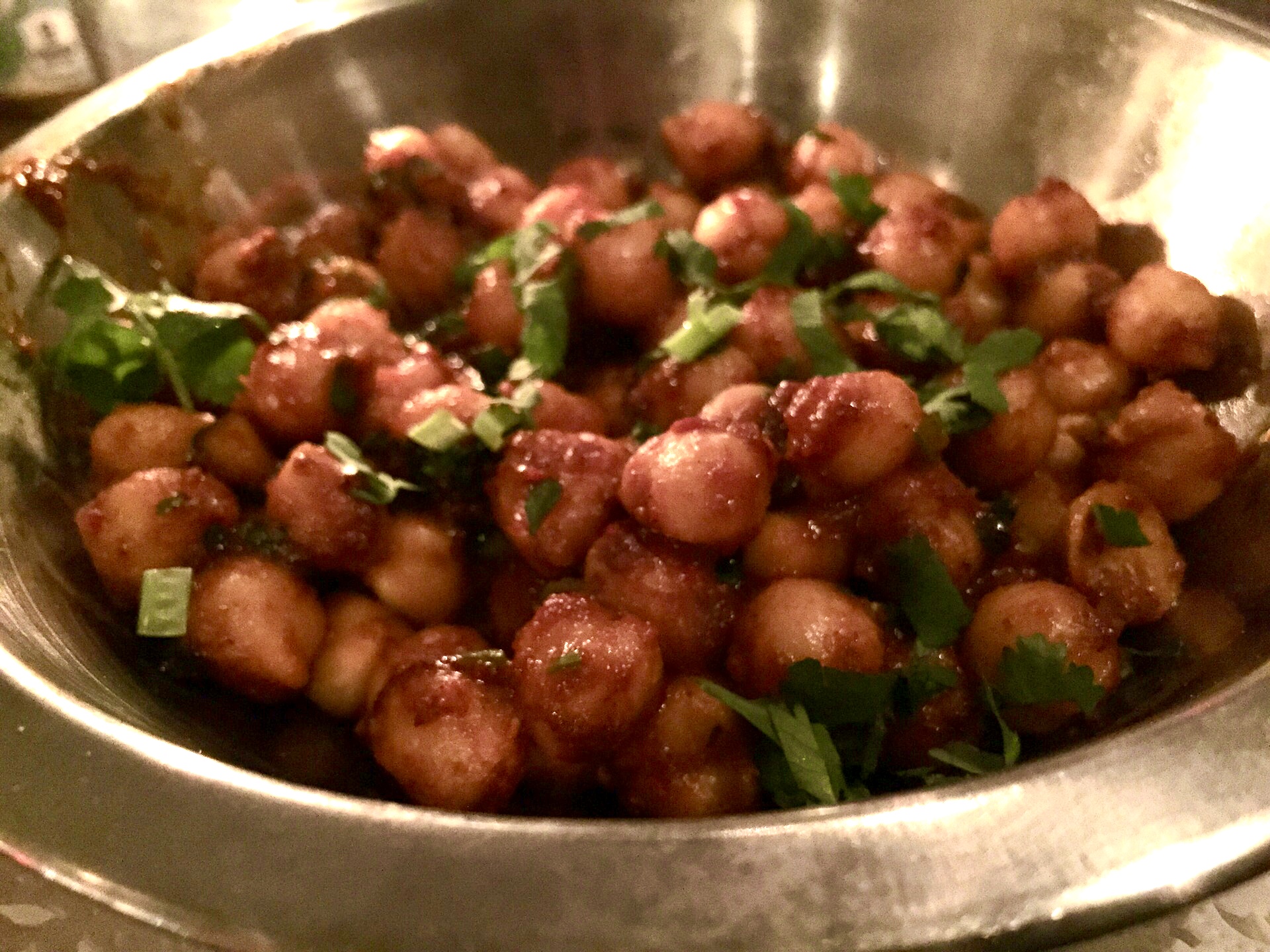
Chickpeas have a long history in human diet, dating back to ancient times. Archaeological evidence suggests that chickpeas were cultivated in the Middle East around 7500 years ago. Chana Masala has its roots in Indian cuisine, where chickpeas (chana) have been a staple for centuries. Chickpeas are a versatile legume and are widely used in Indian cooking in various forms. Chickpeas have been cultivated in the Indian subcontinent for thousands of years, and the use of various spices in culinary practices is deeply rooted in ancient Indian traditions.
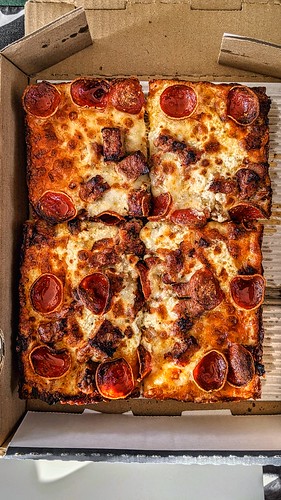
Detroit-style pizza is believed to have been first created in the late 1940s at a place called Buddy’s Rendezvous, which later became Buddy’s Pizza. Gus Guerra, the owner, is often credited with its creation. One of the defining characteristics of Detroit-style pizza is its crispy, thick crust, achieved in part by baking the pizza in blue steel pans, which were originally used by automotive factories as utility trays. These pans are believed to be responsible for giving the crust its unique caramelized cheese edge. Detroit-style pizza has a distinct layering method. Cheese (often brick cheese) is placed directly on the dough, followed by any additional toppings, and then the sauce is ladled on top. This layering technique ensures the crust doesn’t get soggy from the sauce and retains its crispy texture.
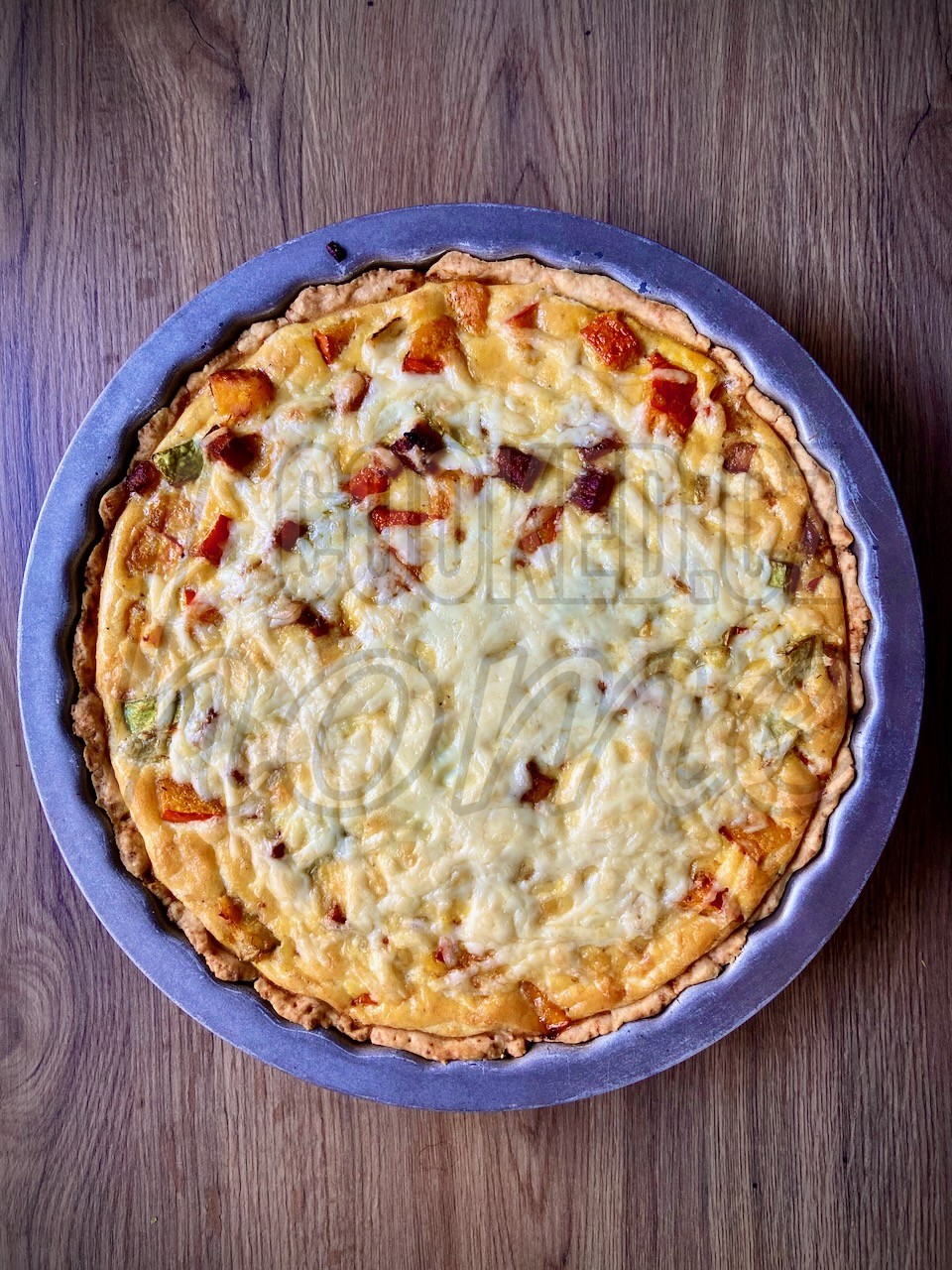
Quiche Lorraine is a savory pie that originates from the Lorraine region in northeastern France. Its history is deeply rooted in German and French culinary traditions, and its evolution has spanned centuries. The word “quiche” is derived from the German word “kuchen” which means cake. The earliest versions of the quiche can be traced back to medieval Germany. The original dish was made using bread dough as a base, filled with a mixture of eggs, cream, and meat. As the dish made its way to the Lorraine region of France, it became popularized as “Quiche Lorraine.” In its traditional form, it was made with a base of puff pastry filled with a creamy mixture of eggs, cream, and smoked bacon or lardons. Cheese was not originally a part of the classic recipe. Over the years, various adaptations of the quiche emerged. Cheeses like Gruyère became popular additions, and variants like Quiche Alsacienne, which added onions, came into being. Today, quiche has diversified immensely with ingredients such as mushrooms, spinach, salmon, and more being incorporated into recipes worldwide. After World War II, the popularity of Quiche Lorraine began to spread beyond the borders of France. By the 1950s and 1960s, it had become a well-known dish in the United States. It was often perceived as sophisticated and gourmet, making it a staple in upscale American restaurants and cafes.
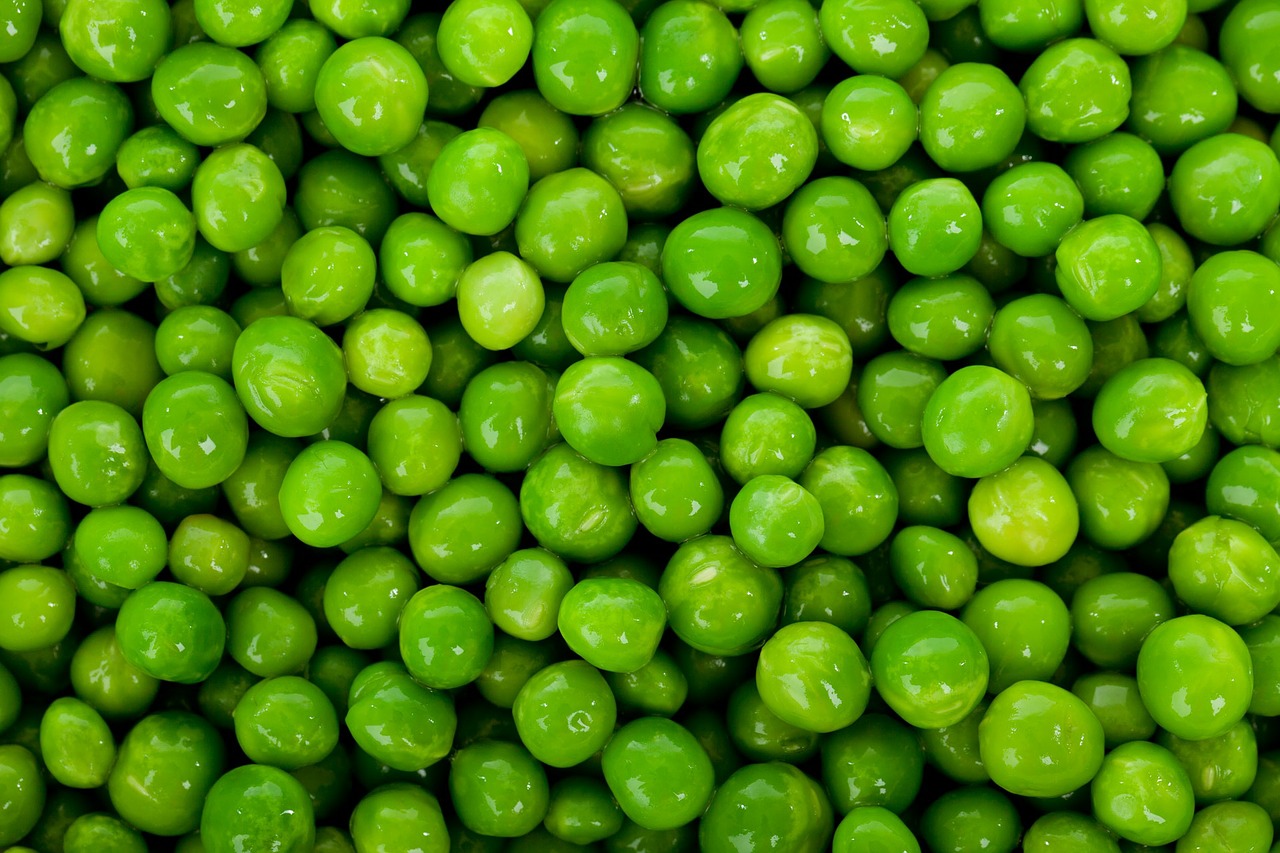
The consumption of peas dates back to ancient times. Archaeologists have found peas in ancient Egyptian tombs and in Bronze Age settlements. While there’s no direct evidence that ancient Egyptians or Greeks mashed their peas, they had a variety of ways to prepare them, and it wouldn’t be surprising if some form of pea mash existed. In France, pea purée (or “purée de petits pois”) is made from fresh green peas that are boiled and then blended with butter and seasonings. The dish can be found in various French culinary preparations and is known for its vibrant green color and smooth texture.
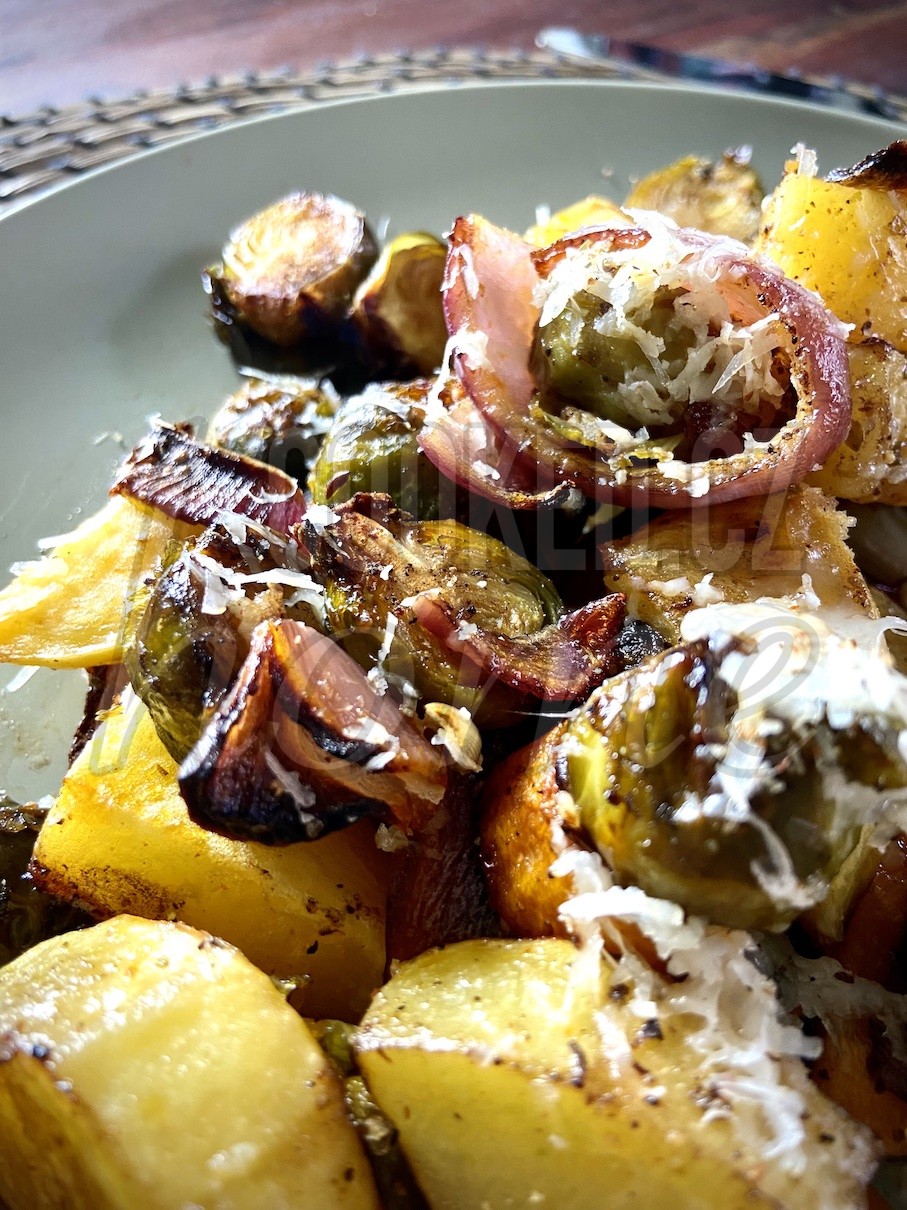
Brussels sprouts (Brassica oleracea gemmifera) are believed to have originated in ancient Rome, in the region that is now modern-day Belgium. They are a member of the Brassicaceae family, which includes cabbage, broccoli, and cauliflower. The name “Brussels sprouts” comes from their association with the capital city of Belgium, Brussels, where they have been cultivated since the 16th century. Roasting as a cooking technique has been used for centuries, and it was likely applied to Brussels sprouts as well. The process of roasting Brussels sprouts involves coating them in oil, seasoning with salt and pepper, and then cooking them in an oven until they become caramelized and crispy on the outside while remaining tender on the inside. In recent years, Brussels sprouts have experienced a culinary renaissance, partly due to their reputation as a nutritious vegetable. They are a good source of vitamins, minerals, and dietary fiber. Roasting Brussels sprouts has become a go-to method for preparing them in a way that appeals to a wide range of tastes.
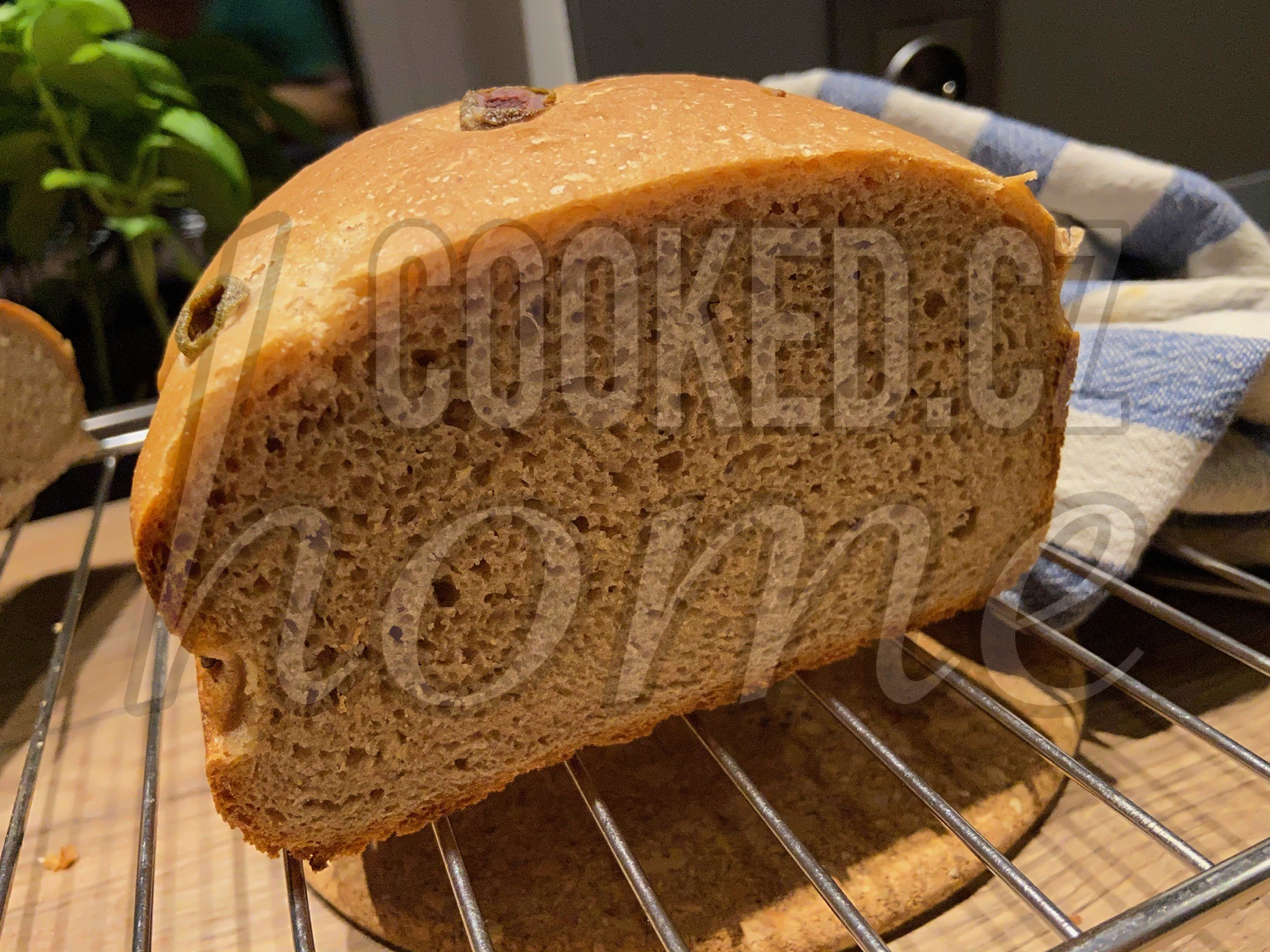
Rye bread has a rich history, with roots going back thousands of years. It’s particularly tied to the cultures of Northern, Central, and Eastern Europe, where rye often thrived better than wheat in the cooler, wetter climates. Rye was a common grain for bread, especially in regions where wheat didn’t grow well. Rye bread was often darker, denser, and had a stronger flavor than wheat bread. In some areas, rye was associated with the lower classes, as it was cheaper and considered less desirable than wheat. Modern nutritionists and health enthusiasts have recognized the benefits of rye. It’s a good source of dietary fiber, essential nutrients, and has a low glycemic index compared to many other breads, making it a good choice for sustained energy release.









